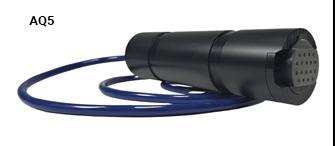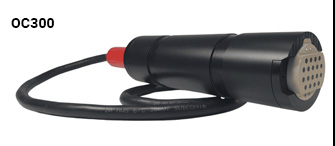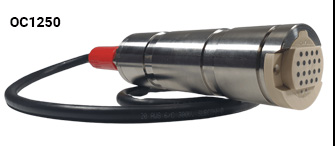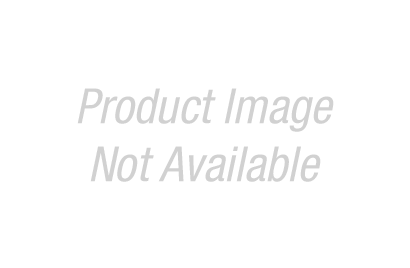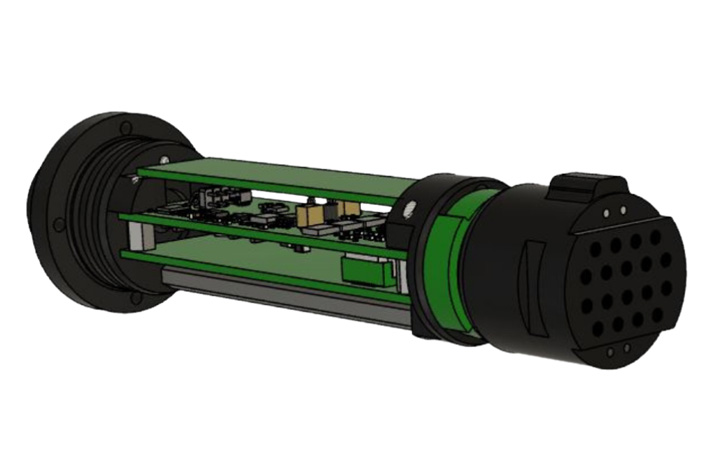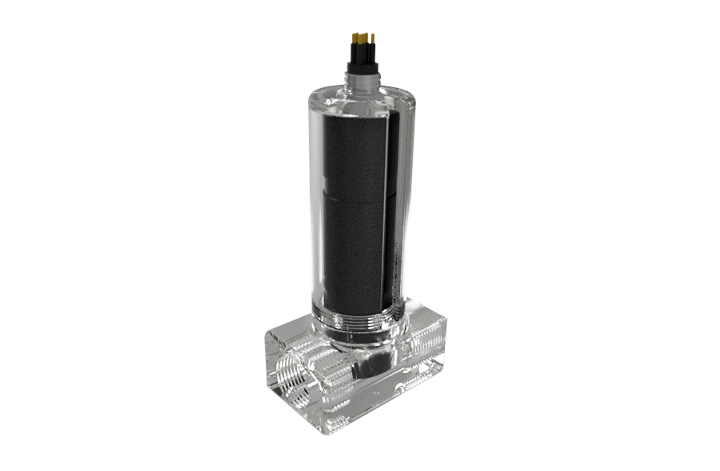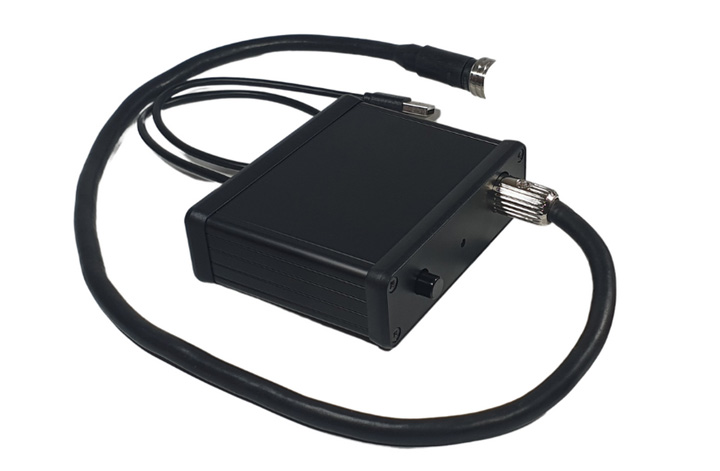- No Calibration Required Unlike other pH sensors that need frequent re-calibration, ANB's patented technology means that the sensor requires no calibration throughout its lifespan
- Full Salinity Range No calibration required
- Temperature Measurement Onboard temperature measurement
- Easy to Use Low maintenance
- All Models IP68 Certified
Overview
These intelligent and easy to use, calibration-free sensors, are ideally suited for use in any sensing platform in freshwater, marine, estuarine, saltwater and aquaculture applications. These solid state sensors provide pH, conductivity and temperature measurements.
Benefits
- Calibration-free - ANB’s patented technology ensures that the sensor is automatically calibrated in-situ
- Biofouling – designed to stop biofouling as standard
- Storage – can be stored wet or dry without
- Data storage – an onboard 8 Gb memory allows storage of over 15 million sensor readings of pH, conductivity, and temperature.
- Cost effective
AQ Range for Aquaculture & Freshwater
AQ5 - Calibration-free pH sensor for up to 5 m depths. Supplied with 1 m cable as standard (no data transfer unit included)
OC Range for Oceans & Coastal Monitoring
OC300 - Calibration-free pH sensor for up to 300 m depths. Supplied with data transfer unit and 0.6 m cable as standard
OC1250 - Calibration-free pH sensor for up to 1250 m depths. Supplied with data transfer unit and 0.6 m cable as standard
Manufactured by: ANB Sensors
Model: Calibration Free pH Sensors
Services offered for this product
- Sales
- Rental
- Installation
- Calibration
- Maintenance
- IoT Cloud Compatible
Specification
| AQ5 Specifications | |
| pH Range | 2-10 |
| Resolution | 0.01 |
| pH Accuracy | +/- 0.05 pH |
| Response | Instantaneous |
| Salinity | 0 – 40 ppt |
| Temp Sensor | to 0.1C |
| Depth Rating | 5 m |
| Operational Temp | -5 to 40C |
| Dimensions | 41 x 191 mm |
| Weight in Air | 0.26 Kg |
| Weight in Water | 0.04 Kg |
| Physical Comms | RS232/485 |
| Comms Protocols | Modbus, Terminal |
| Power Supply | 24VDC |
| Current | 75mA |
| Display | LCD 5 Digit |
| Interface | 4 Button Keypad |
| Memory | Non-volatile |
| Logging | Manual/Automatic |
| Logs | 100 |
| Special Features | Security Lockout |
| Certification | CE |
| Warranty | 3 Years |
| Accessories | None |
Accessories
FAQ's
- 1. Modbus protocol commands enabled: the command protocol is now operational and has been updated to take into account a number of the new features.
- 2. Transducer Health status enabled: the sensor now actively tracks numerous internal analytics on the sensors measurement sweep and examines if these have passed or failed the health criteria. This is then translated to the transducer health output.
- 3. Sensor error message updated: The three error messages that the sensor will output have been updated to numeric outputs.
- 4. Sensor diagnostics status is enabled: This highlights issues with the internal operation of the sensor.
- 5. Download: The downloadable data from the internal memory now matches that displayed on the telemetry system. This is to provide the end-user with exact replicas of the two data streams and has been done to future-proof the sensors as we build into the firmware further measurement parameters.
- 6. Sensor output updated: In the last reserve space of the current sensor output the file number to which the data is saved in the internal memory is displayed. This will allow customers to download specific sets of data.
- 7. RTC: The sensor can now be run without needing the time set. This follows a request from customers who would like to switch the sensor on and take a measurement using the ScanO1 command and ignore the sensors time and having to set the clock based on their local time.
- 8. Internal functions of sensor: The internal operation of the sensor has been upgraded to control the sensors' measurement protocols in a more efficient manner, thus providing longer-term stability and accuracy of the sensors transducers. Improved data output, enhanced data accuracy, bug fixes, allows single measurement.


